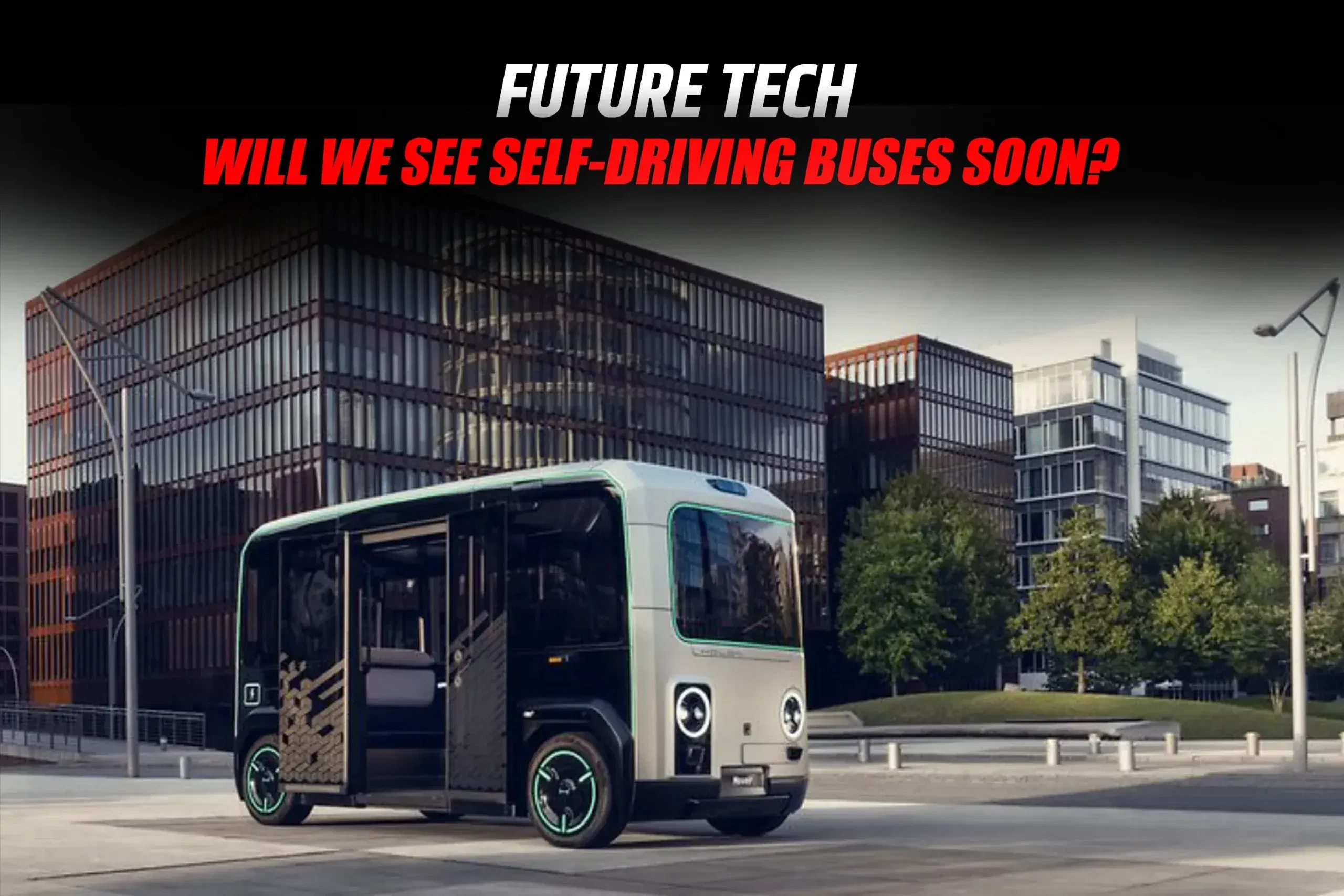Imagine stepping onto a city bus, nobody at the wheel, yet it glides smoothly through traffic, stops just where it’s supposed to, deals with obstacles, and drops you off without a fuss. That’s the promise of autonomous buses. Zero emissions (often electric), possibly cheaper to operate, safer (if done right), and more efficient.
But the path from promise to pavement is full of technical, social, regulatory, and even ethical hurdles.
Self-Driving Bus: The Technology Underneath
To understand when these buses might become common, here are the key technological and supporting factors in play:
1) Sensors & Perception: LiDAR, stereo cameras, RADAR, high precision GPS or GNSS with RTK, to detect obstacles, road markings, pedestrians, cyclists. The better the sensors and data, the more reliably the bus can handle edge cases.
2) Bosch of AI / Decision Logic & Planning: The software needs to manage everything from easy follow-lane to advanced decision-making (lane change, surprise objects, pedestrian activity). Machine Learning / Deep Learning + path planning, fail-safe logic, redundancy.
3) Infrastructure & Mapping: High-definition mapping, clearly marked lanes, dependable road signs and foreseeable traffic signals. More sophisticated systems require "smart infrastructure": Sensorized roads and foreseeable intersections.
4) Restricted or Fixed Routes: Most initial deployments feature fixed routes, in some cases even on campuses, depots, or restricted Bus Rapid Transit (BRT) lanes. There are fewer variables in these environments to make the system more manageable.
5) Safety, Regulation, and Liability: Tests under controlled settings are one thing; opening up to full public roads implies legal liability, insurance, regulatory oversight, safety verification and public acceptance.
6) User Acceptance: Riders need to trust the bus, people need to feel safe. Studies (e.g. Volvo, Västtrafik, Chalmers etc.) show early feedback tends to lean positive, but only if the system is reliable, transparent, and visibly safe.
India: Tough Terrain for Self-Driving Buses
In the Indian context, the story is more complicated. Let’s go beyond “infrastructure is bad” to some of the nitty-gritty reasons why self-driving buses are not yet high in focus, plus what small steps are being taken.
Key Challenges in India
- Road Complexity & Unpredictability: Unlike many Western or East Asian cities where lane discipline, road rules, walkway discipline, etc. are predictable, in India there are frequent irregularities: vehicles not following rules, jaywalking, two-wheelers zigzagging, sudden obstacles (vendors, animals, broken sections, etc.), unmarked or worn-out lanes and road signs. These introduce so many edge cases that training an AI to handle them is much harder.
- Rule Enforcement & Behavior: Even when infrastructure exists, behavior (drivers, other road users) often doesn’t align with expected norms (ignoring blinking indicators, red light violations, wrong side driving, etc.). For self-driving systems, this is a huge source of risk.
- Regulation & Legal Liability: No mature legal framework governing autonomous vehicles. Questions like “who is responsible in case of a crash?” have no fully worked-out answers. Also minimal regulatory or policy incentives yet for large scale autonomous bus deployment.
- Cost & Pilot Scale: The sensors, computing power, redundancy required for safety (LiDARs, etc.) are expensive. Given budget constraints of public transit agencies, fare regulation, subsidies, etc., making a self-driving bus system financially viable is hard.
- Infrastructure Gaps: Poor lane markings, inconsistent or no traffic signals, unreliable road surfaces, frequent breakdowns or roadworks without warning.
Self-Driving Bus: What is Being Done in India
IIT Hyderabad (TiHAN Centre) has deployed driverless electric buses on its campus. Two variants (six-seater and fourteen-seater) are in operation, transporting thousands of passengers; the system has reached Technology Readiness Level 9 (proven real-world conditions) on campus.
But note: This is within the relatively controlled environment of the campus. Not mixed city traffic.
Verdict: So, Will We See Them Soon?
- Yes, in limited forms: On campuses, in airports, on BRT or dedicated lanes, in smaller cities, in routes where things are relatively controlled and predictable. Some developed countries already have mini-bus shuttles or pilot buses with no driver or reduced driver intervention.
- Not yet everywhere: Not in chaotic mixed-traffic roads, cities where road rules are loosely enforced, areas lacking good road infrastructure and not without solid legal/regulatory frameworks.
- In India particularly, widespread autonomous buses are not imminent. While certain campuses or closed zones may see deployment, full-scale deployment in everyday public transport will require solving many compounding issues: unpredictable behavior, infrastructure, regulations, costs, public trust, safety, etc.
For more articles and news, stay updated with 91trucks. Subscribe to our YouTube channel and follow us on Facebook, Instagram, and Linkedin for the latest videos and updates from the automotive world!









